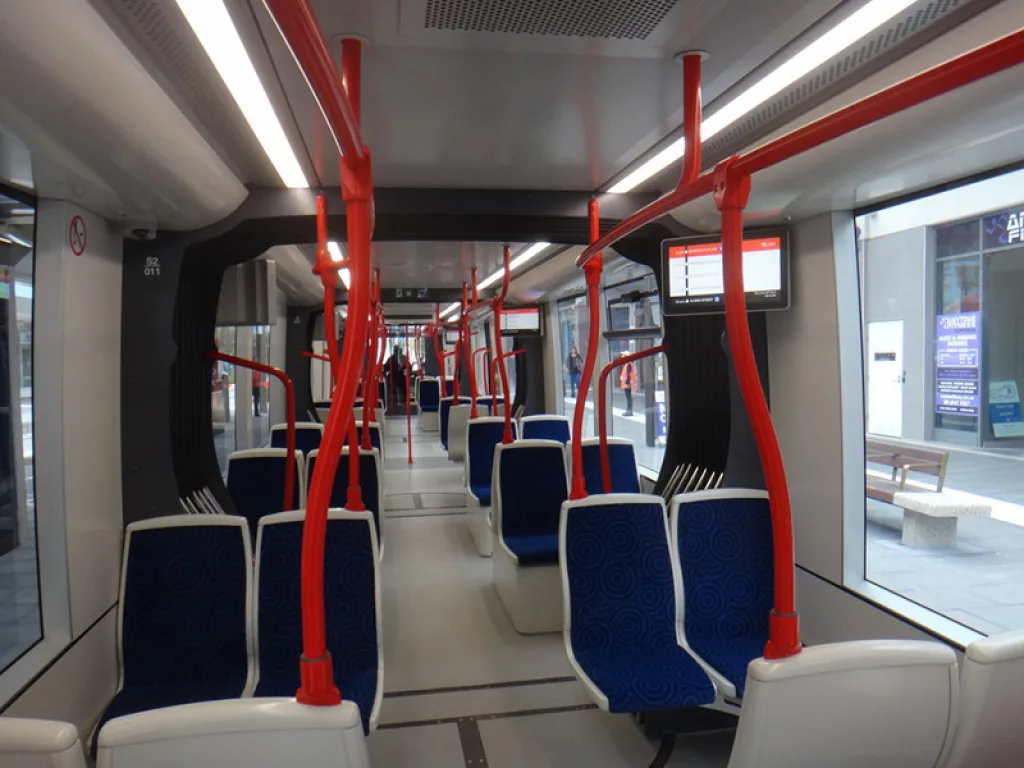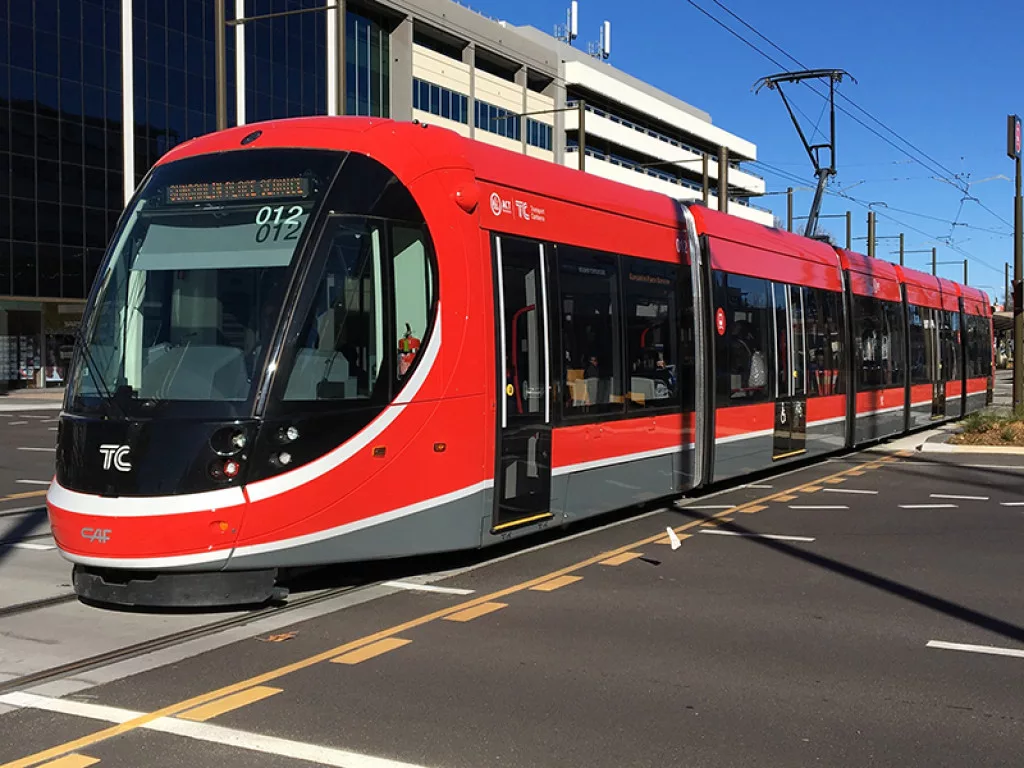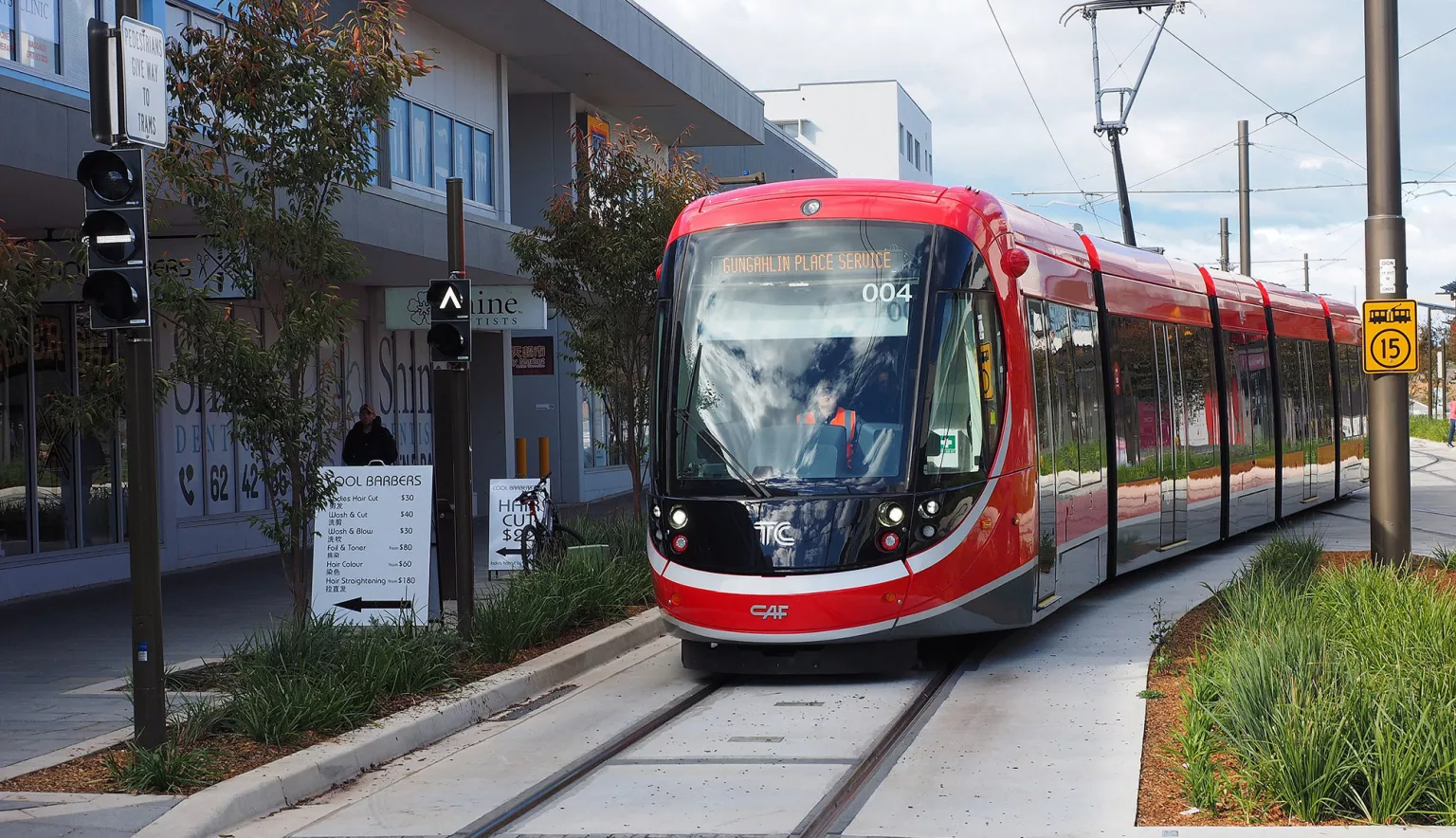We examine Canberra Metro Operations (CMET) and the company’s progressive developments towards sustainability in the transport sector.
CANBERA’S GREEN RAIL
Light rail is the most significant transport infrastructure project ever undertaken by the Australian Capital Territory (ACT) Government.
At the centre of this infrastructure sits Canberra Metro Operations (CMET), as part of the Canberra Metro Consortium; a group of companies that have been contracted by the ACT Government to operate and maintain the light rail network for a period of 20 years. This is achieved through strategic partnerships comprising of UGL and John Holland in partnership with Deutsche Bahn Engineering and Consulting, while CAF will supply and maintain the light rail vehicles (LRVs).
CMET itself is committed to delivering a safe, efficient rail network that creates environmental, social and economic benefit for Canberra.
LIGHT RAIL SUSTAINABILITY
The betterment of the planet is a key aim for industries and companies globally. Within the realm of transport, efficiency when it comes to the reduction of waste and the use of clean energy becomes one of the primary goals of operation.
In light of this, CMET is redesigning light rail. Its main administration and maintenance building makes use of progressive and innovative methods that help towards the company’s sustainability targets. The building acts as a large rainwater collector; down pipes are configured to divert water to storage and treatment tanks. This assists in the collection of rainwater, which in turn will reduce potable water use.
On top of this, the installation of 99 kilowatts (kW) of solar panels on the company’s depot roof are designed to reduce grid energy consumption and provide additional renewable energy sources for the project.
An LRV wash bay, which features a closed-loop system using 70 percent recycled water, is part of CMET’s sustainability developments, and the LRV wash system recycles this percentage of water used in each cycle. Despite this, spray losses and filtration losses need to be made-up from the potable water supply, although this system greatly reduces potable water use compared to conventional wash systems.
The main objectives of CMET’s sustainable design process are to reduce, or completely avoid, depletion of critical resources and create built environments that are liveable, comfortable, safe, and productive. The project has adopted suitable design principles as a core value throughout the infrastructure development process. The criteria that was addressed in the design use the following six fundamental principles: the optimisation of site potential, energy use, water use, space and material use, operations and maintenance practices, and the enhancement of environmental quality.
“The proud operator of Canberra’s Light Rail Stage One”
CMET
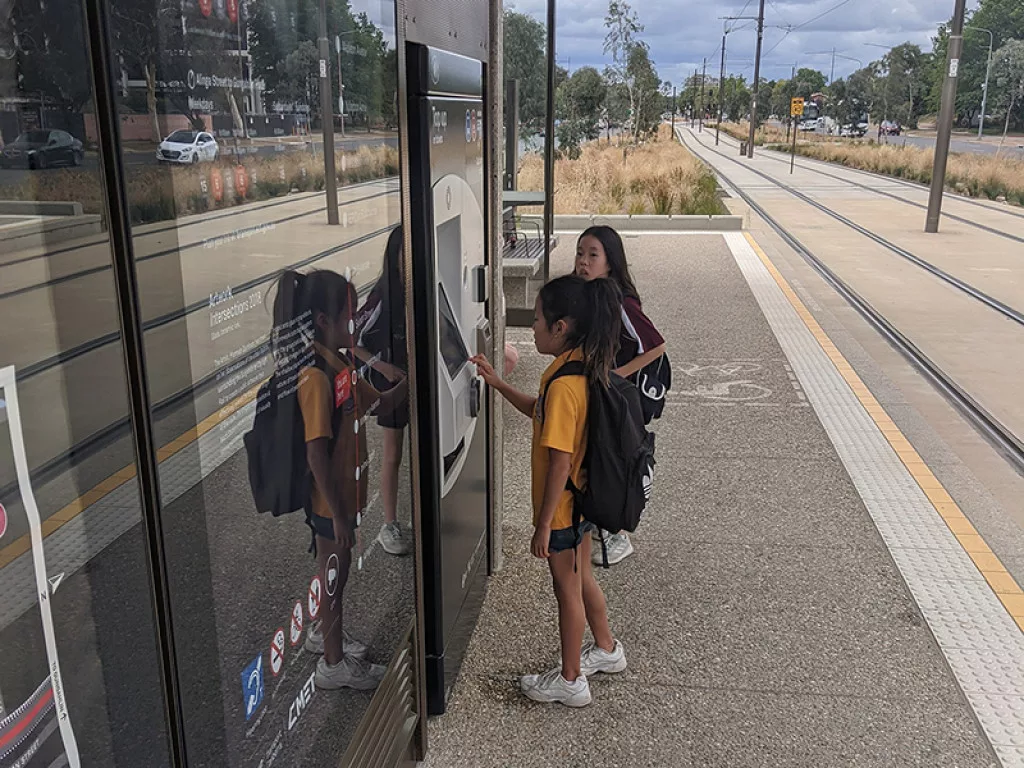
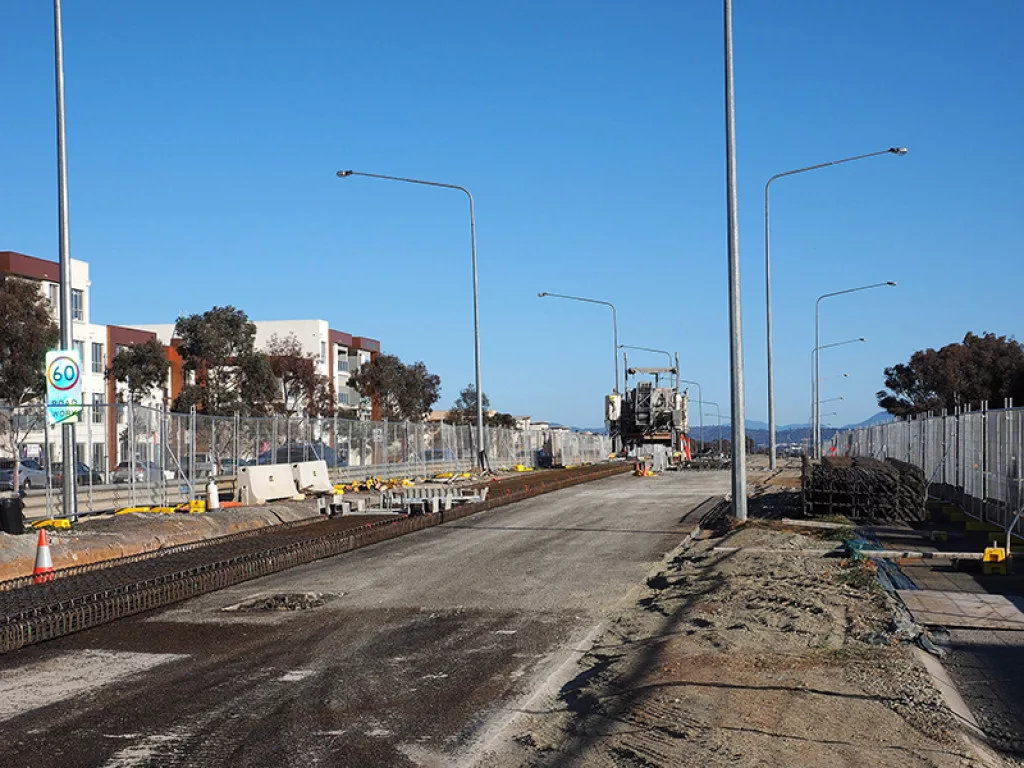
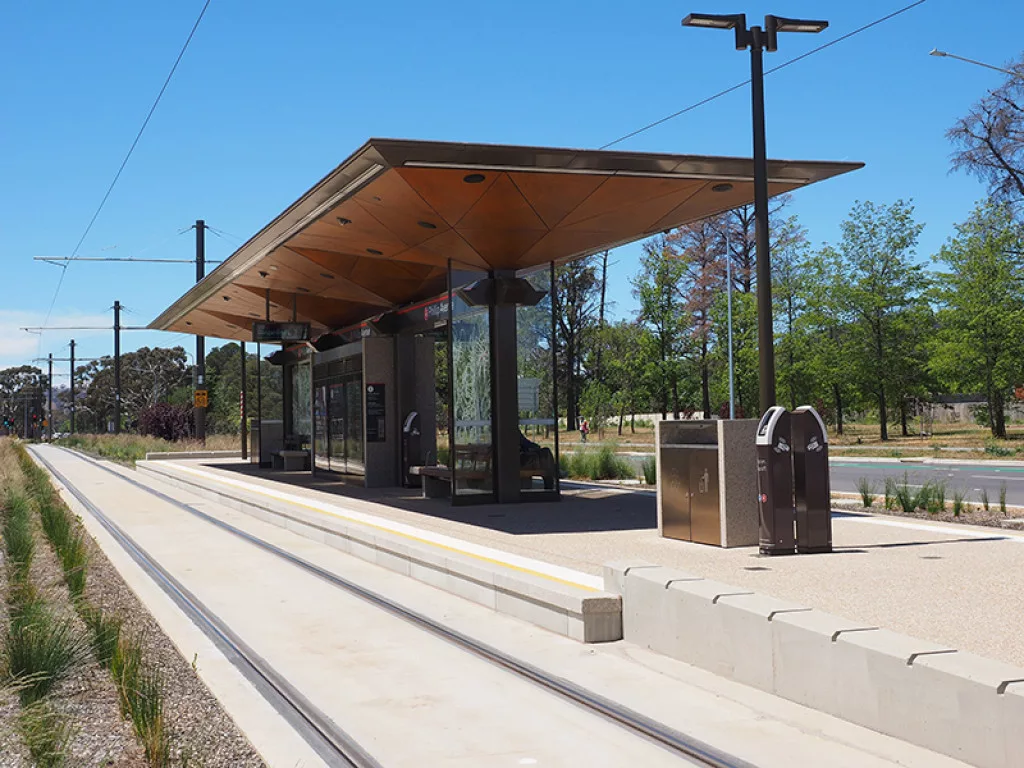
SUSTAINABILITY THROUGH OPERATIONS
CMET aims to be environmentally aligned through as much of the company as possible. A part of this is the company’s ability to implement regenerative braking technologies through LRV procurement and required traction power system upgrades. This results in approximately 1,004 megawatt-hour (MWh) per hour potentially being saved through more efficient operation.
On top of this, the regenerative power produced in vehicle braking is redirected back into traction power substations (TPS) along the rail alignment, reducing grid energy consumption.
CMET’s sustainability focus even reaches landscaping strategies in the Canberra region surrounding rail tracks. These areas of land have been designed to be irrigation free, using drought resistant native species combined with rainwater harvesting from the track run off. The tracks were designed with drainage points, reducing run off into local water ways and improving water retention for landscape around the tracks themselves bettering the condition of the local flora.
Watering is then conducted as per the urban design, landscaping specification and compliance regulations, and is monitored using CMET’s compliance tracking matrix. Rainfall is monitored to ensure the finished landscape is not over, and or under watered.
The combined building and landscape project has been identified as supportive of the local business community, and at all points of the project, from delivery to the operational phase, used a local workforce while prioritising local subcontractors.
SUSTAINABILITY FOR THE FUTURE
CMET’s light rail is powered by 100 percent renewable energy. Into the future, CMET has plans to offset all operating emissions to achieve zero net carbon emissions by designing, building, operating and adapting to climate change impacts and societal needs.
CMET will develop, maintain and implement a sustainability management framework that integrates sustainability and innovation into the overall operation of the system, following the Plan, Check, Act, Do model. Drawing on the lessons learnt from sustainability management across CMET and other projects across Australia, the company will aim to meet or exceed requirements for sustainability and IS rating.
This will involve working collaboratively with local government and stakeholders to ensure IS rating obligations and opportunities are considered and incorporated within project operations of the years ahead.
